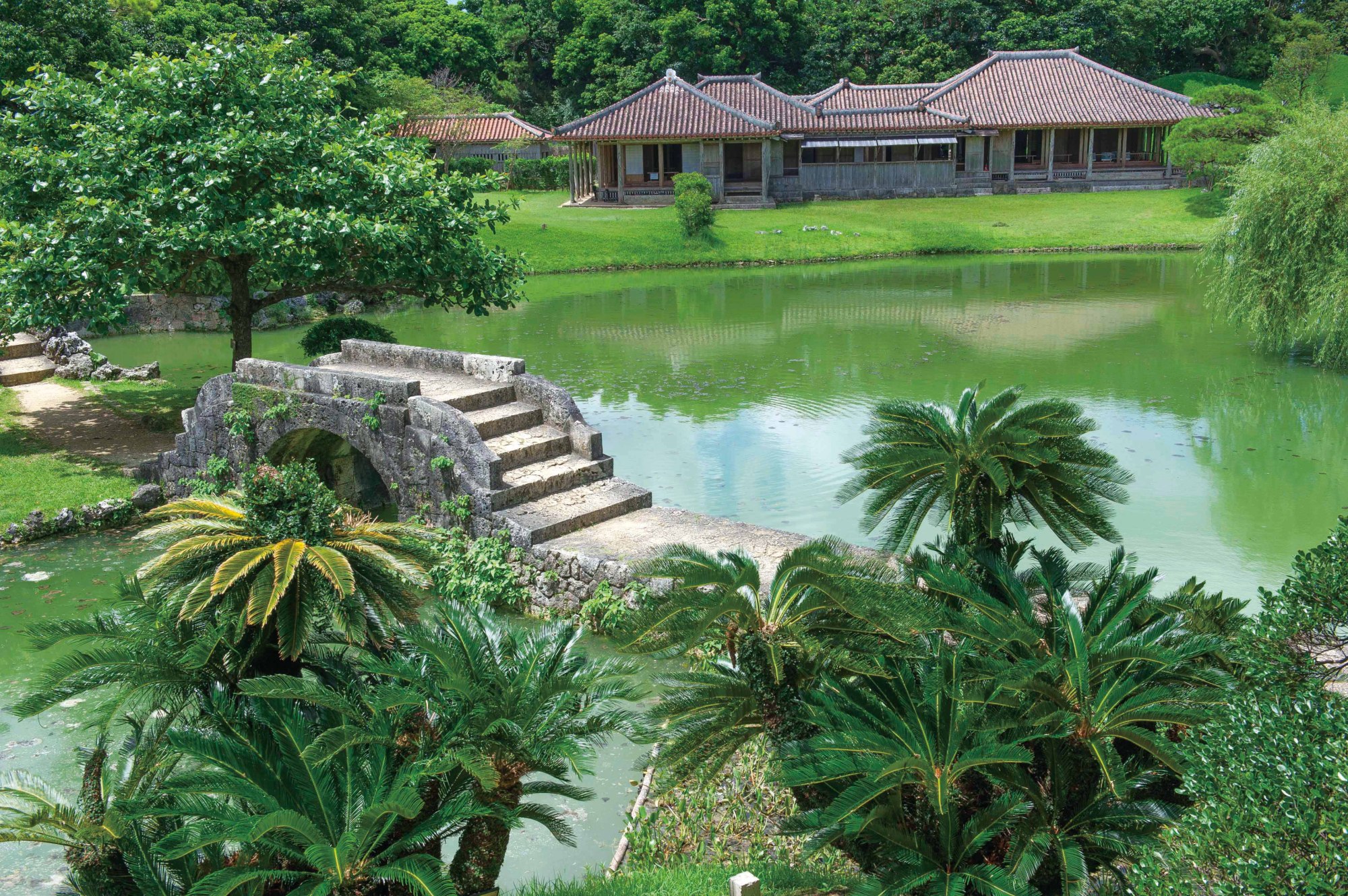If Japanese landscape gardeners looked toward mountains and river valleys for inspiration in creating the rock arrangements that form the power grids of their gardens, infusing natural elements with Taoist and Buddhist principles, it is likely that Okinawans cast their eyes over the seas that surround their subtropical islands, finding in their marine gardens models for terrestrial forms.
Where Japanese gardeners, in their pre-Shinto, animistic phase, sought out waterfalls, forest glades and pebble beaches, requisitioning these spaces as proto gardens or purified clearings where the gods could be summoned and petitioned, the ancient Okinawans, without any notion of arranged landscapes functioning as magnetic fields for the spirits, allotted groves, rocks, cliffs and crevices called utaki as manifestations of the sacred.
Rather than being spiritual conductors, or metaphysical platforms for the representation of abstract Buddhist concepts, the stone elements of Okinawan gardens, created much later than mainland counterparts, would serve the more aesthetically pleasing function of reflecting the marine, flora and geological aspects of the islands. Where the white gravel and sand placed around stones in ancient sites symbolized an arranged but natural order conducive to worship and ritual — where later stone gardens associated with temples, stood for the boundary between the sacred and the human — the Okinawan version of landscape design invited interaction.


















With your current subscription plan you can comment on stories. However, before writing your first comment, please create a display name in the Profile section of your subscriber account page.